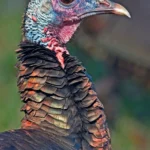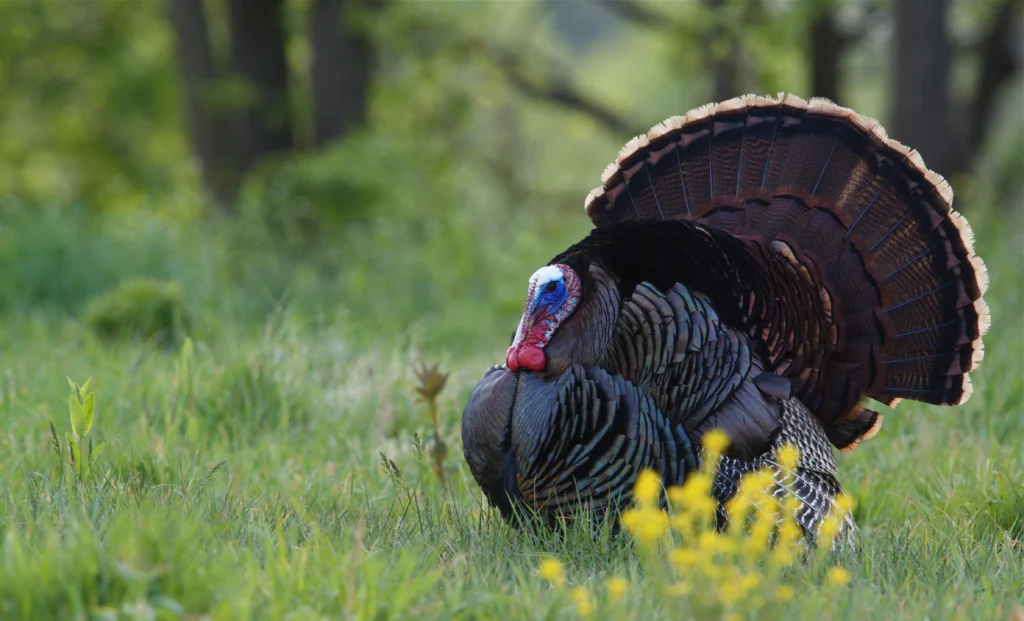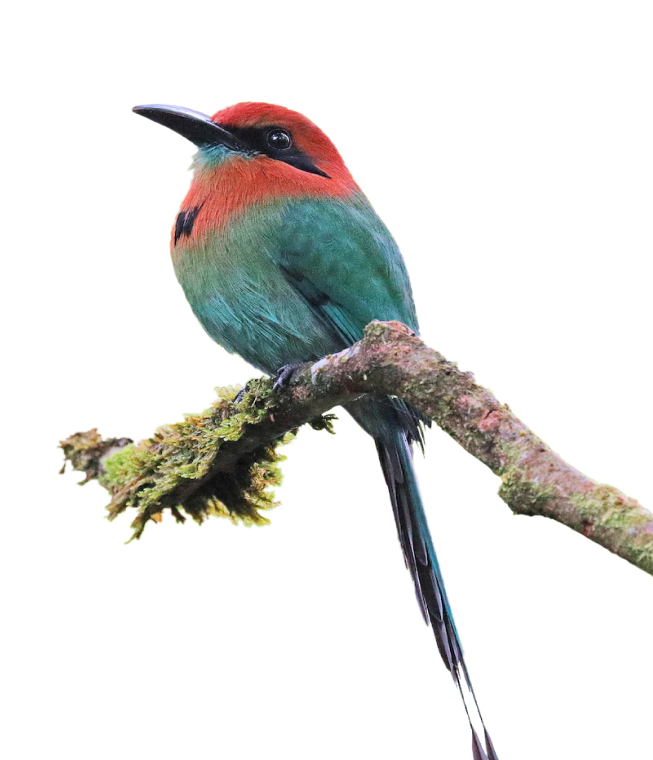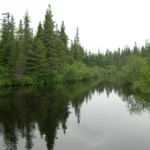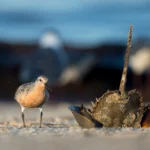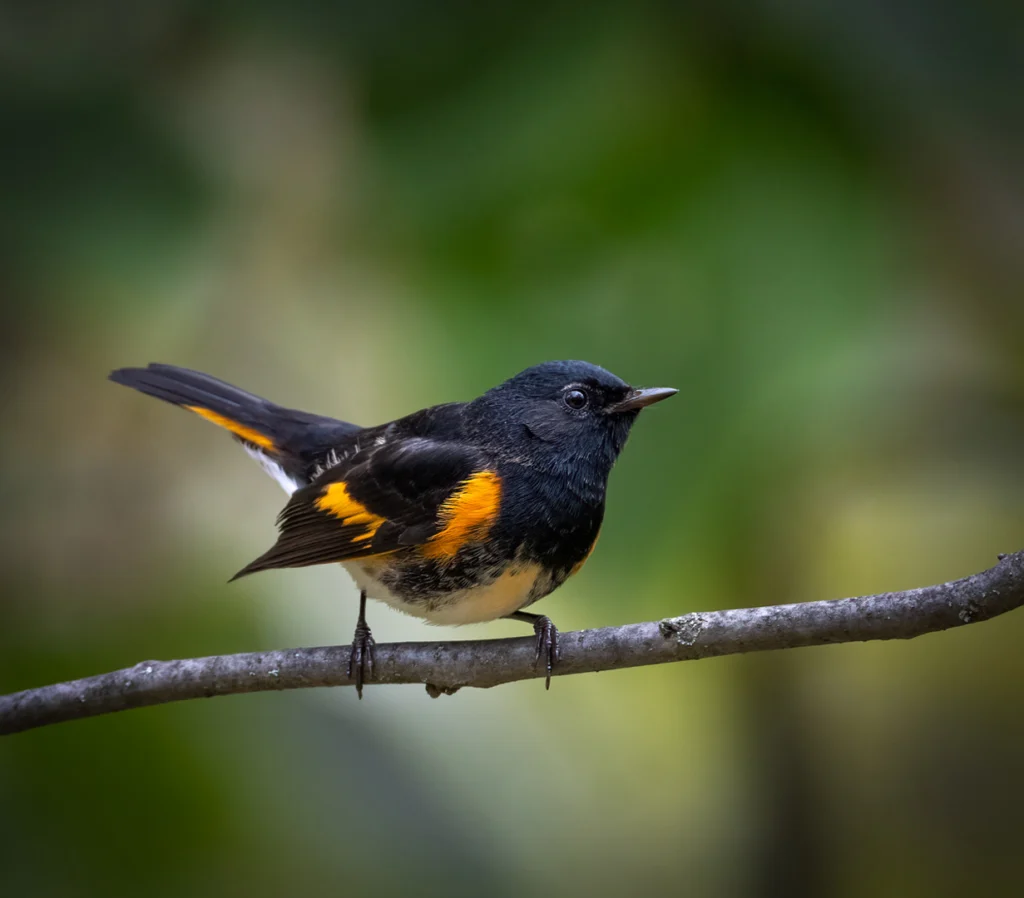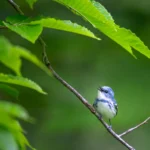
Descripción general
Acerca de
The Wild Turkey, like the Osprey and Bald Eagle, has an inspiring comeback story. Thanks to concerted conservation efforts throughout the 20th century, this native bird has been restored to most of its original haunts.
The Wild Turkey is the largest North American gamebird, weighing up to 20 pounds, with a wingspan of up to five feet. It’s colorful, too — decked out in iridescent feathers of bronze, gold, and green, accented by colorful skin ornamentation and spurred legs.
Despite its somewhat unwieldy appearance, the Wild Turkey is a fast runner and strong short-distance flyer, with excellent vision and an intelligent, wary nature that makes it an elusive quarry.
Amenazas
Las poblaciones de aves en todo el mundo están disminuyendo, y muchas de ellas, como los mieleros hawaianos, se enfrentan a amenazas urgentes y agudas. Pero todas las aves, desde las especies más raras hasta las aves comunes de jardín, se vuelven más vulnerables debido al impacto acumulativo de amenazas como la pérdida de hábitat y las especies invasoras.
Pesticidas y toxinas
Besides killing Wild Turkeys outright, pesticide use can poison their insect food, as well as reduce food abundance and availability.
Estrategias y proyectos de conservación
Las aves necesitan nuestra ayuda para superar las amenazas que enfrentan. En ABC, nos inspira la belleza de las aves y nos impulsa nuestra responsabilidad de encontrar soluciones para sus mayores desafíos. Con la ciencia como base, y con la inclusión y la colaboración como pilares fundamentales de todo lo que hacemos, tomamos medidas decisivas en favor de las aves en todo el continente americano.
Restaurando el hábitat
ABC works with the Sustainable Forestry Initiative in the southeastern United States to preserve important habitat needed by the Wild Turkey and many other birds.
Evitar pesticidas y toxinas
ABC continues to advocate for the cancellation of dangerous pesticides such as neonicotinoids that threaten insect-eating birds like the Wild Turkey. We work at the state and federal levels to support policies that benefit birds, ecosystems, and people.
Peticiones de apoyo y defensa
ABC encourages the inclusion of bird-friendly measures in the Farm Bill, such as the Conservation Reserve Program and the greater use of native plants in conservation programs. These improvements are essential for grassland birds such as the Wild Turkey.
Galería de aves
North America’s Wild Turkey has six distinct subspecies, differing mainly in plumage details. The species belongs to a large, diverse group of ground-dwelling birds that includes the Greater Prairie-Chicken, Great Curassow, and Northern Bobwhite. It is one of only two native North American bird species that have been domesticated. (The Muscovy Duck is the other.)
Ancient Mesoamericans were the first to domesticate Wild Turkey, using its meat and eggs as sources of protein and their feathers for decorative purposes. Early European visitors to North America took domesticated Wild Turkeys from northern Mexico back to their home countries. Later, additional domesticated turkeys were sent back across the ocean with returning English settlers in the 17th century.

Sonidos
There are few more iconic or well-known bird sounds than “gobble, gobble.”
Mary Beth Stowe, XC71044. Accessible at www.xeno-canto.org/71044.
Andrew Spencer, XC13619. Accessible at www.xeno-canto.org/13619.
Paul Driver, XC70532. Accessible at www.xeno-canto.org/70532.
Hábitat
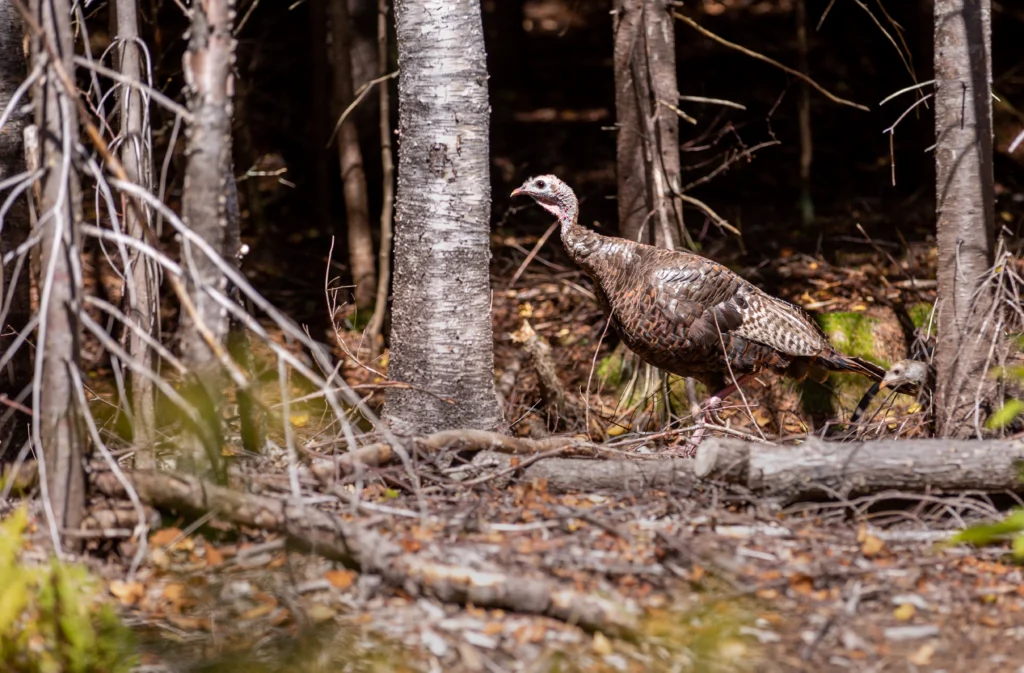
Rango y región
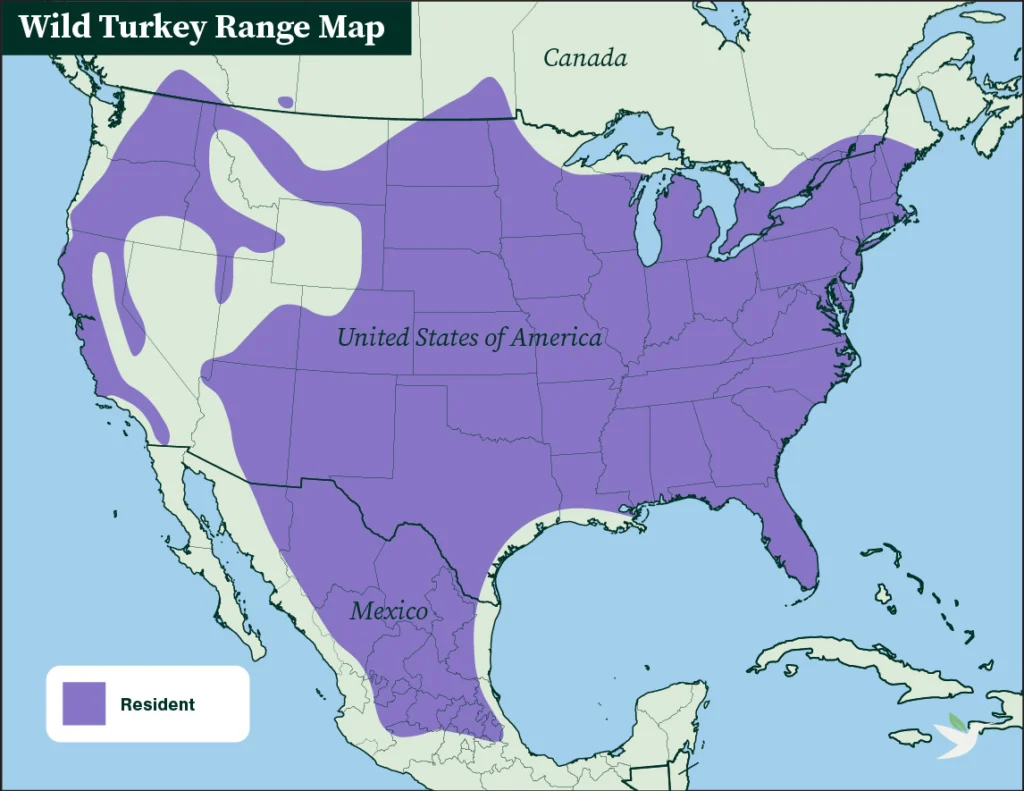
Área específica:
América del norte
¿Sabías?
Contrary to popular myth, Benjamin Franklin never proposed the Wild Turkey as a national symbol, although he praised the species in a letter to his daughter, calling it “a much more respectable bird” than the Bald Eagle, which had already been nominated as the national bird. Franklin considered the Bald Eagle a bird of bad character, due to its habit of stealing other birds’ prey.
The Wild Turkey really is named after the nation of Turkey. This unlikely moniker was bestowed by early Europeans, who saw Wild Turkeys and were reminded of another ground-dwelling species they called the “Turkey bird,” a guineafowl from Africa. This was likely the Helmeted Guineafowl, a species that had reached Europe in the Middle Ages via trade with Turkey.
Historia de vida
Male turkeys are called toms or gobblers, while females are known as hens. On his chest, a tom has a tuft of modified, filament-like feathers called a beard, which continues to grow as the bird ages. Mature gobblers can have beards over nine inches long. A small number of hens also have beards.
The male’s bare head and neck are decorated with fleshy lobes of skin called wattles, as well as a protuberance on the forehead known as a snood. A tom turkey can change the size and color of these ornamentations by contracting and relaxing small blood vessels in his head and neck.
Male turkeys also sport curved spurs on their lower legs. These bony projections grow up to two inches long and are used to fight for dominance and in self-defense. Older birds have the longest, sharpest spurs.

Dieta
Wild Turkeys are omnivorous, foraging in flocks on the ground for a variety of nuts (particularly acorns), seeds, fruits, insects, and small vertebrates. Wild Turkeys introduced to the Hawaiian Islands have even learned to forage for crabs on the beaches!
Noviazgo
Turkey courtship begins in late March and early April. Males display for prospective mates by strutting back and forth with feathers puffed, wingtips lowered to the ground, and tails fanned. They also vocalize, emitting a series of loud gobbles to lure females from a distance and to discourage competing males. Turkeys make a wide variety of other sounds, including clucks, purrs, and yelps.
Anidación
Wild Turkeys are polygynous: One male will mate with multiple females. Once mated, a hen turkey lays her clutch of eggs in a shallow depression on the ground, concealed by grasses, vines, or other vegetation.
Huevos y crías
Clutches can be quite large with 10 to 15 eggs in total. Young turkeys, called poults, are precocial, meaning that they hatch fully feathered, with eyes open, and are able to scramble after adults mere hours after hatching.


